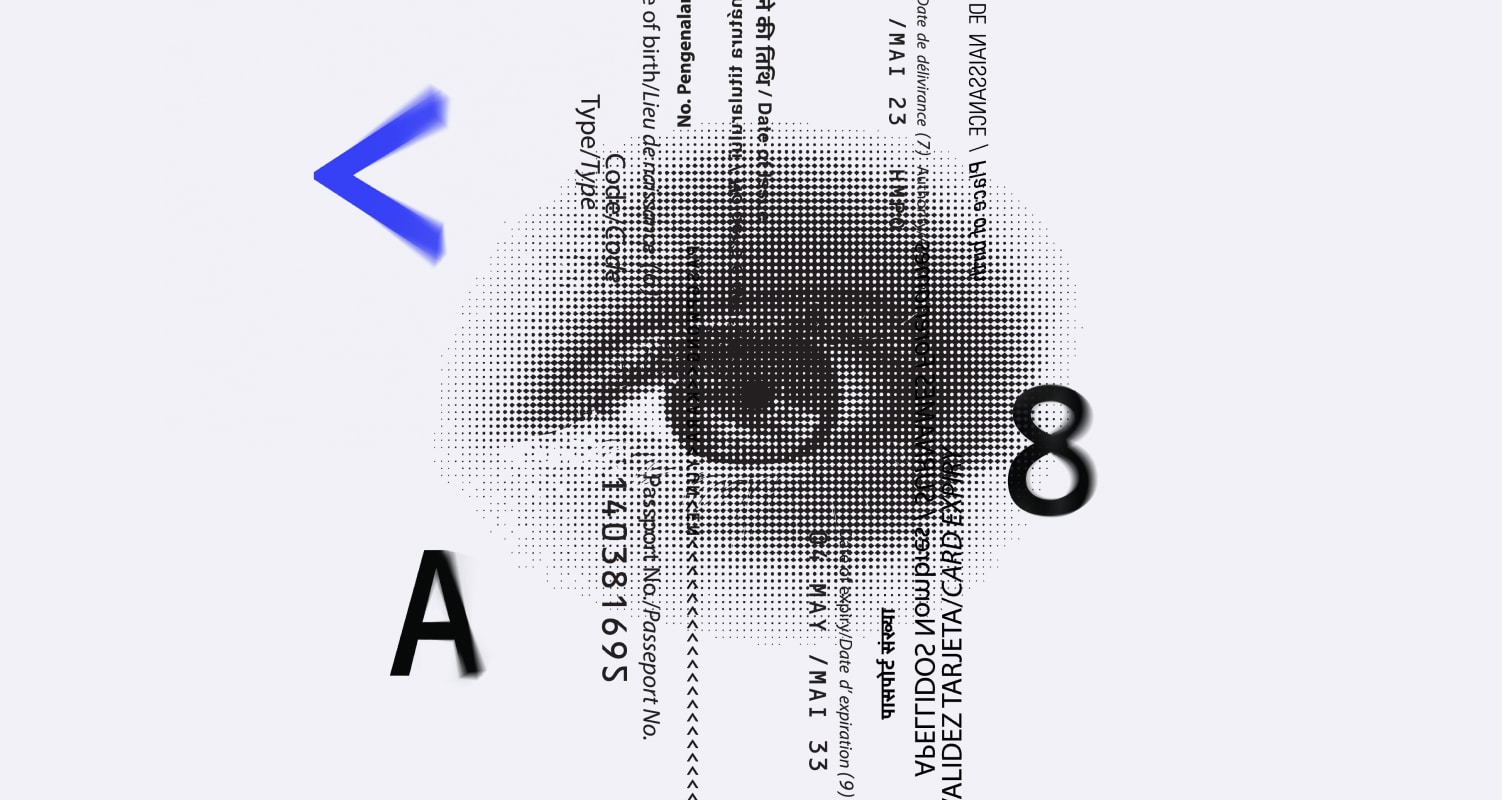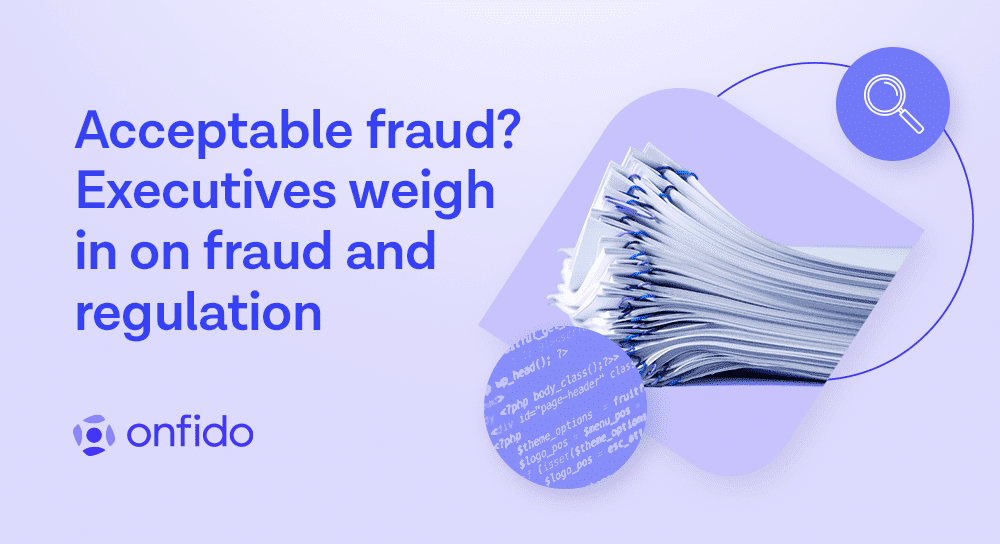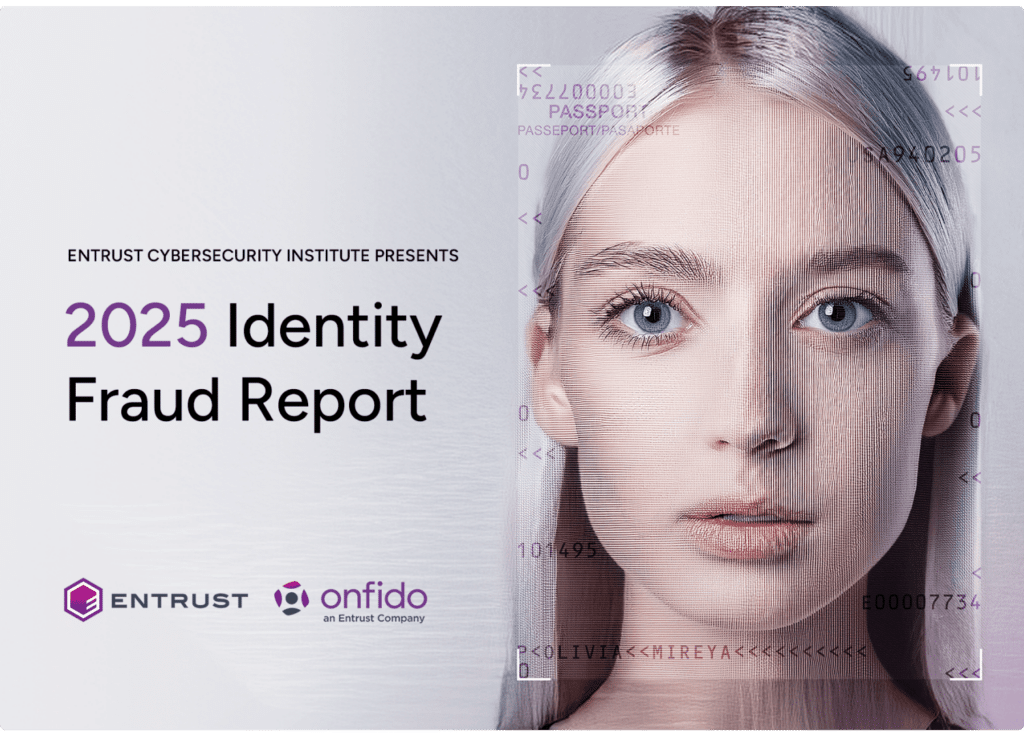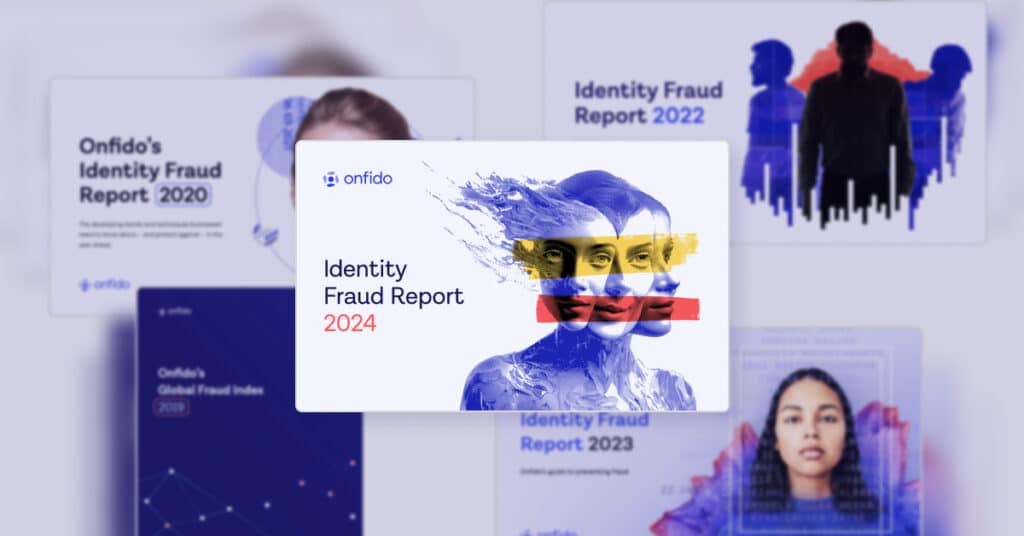
Onfido publishes 2024 Identity Fraud Report, revealing steep rise in deepfake fraud and other security trends and recommendations:
- Video spoofs now account for 80% of attacks against biometric defenses
- Digital forgeries have risen 5X from 2021 to 2023 as physical counterfeits decline
- 5am UTC is the peak hour for fraudsters
- Onfido prevented US$3.9 billion in fraud and uncovered 267 fraud rings in last 12 months
SAN FRANCISCO & LONDON, November 15 2023; Onfido, the global automated identity verification provider, today announced the findings of its 2024 Identity Fraud Report and unveiled its Fraud Lab. The report points to the increasing availability of simple-to-use AI tools as the reason for a 31X increase in deepfakes1 and 5X increase in digitally forged identities, making it easier for criminals to carry out sophisticated attacks. Onfido’s Fraud Lab has been launched as a response to these trends. With the ability to mass-produce synthetic attacks, it delivers faster, more accurate AI-powered fraud protection to its customers through its Real Identity Platform, saving them over $3.9B in losses.
The fifth annual Identity Fraud Report highlights the increasing role of AI in perpetrating fraud, as fraudsters turn to online tools and generative AI, such as deepfake apps. Businesses are countering deepfakes by leveraging biometric verification powered by deep learning to detect the presence of a real person, which remains an effective deterrent, creating an AI vs AI showdown. This year, ‘easy’ or less sophisticated fraud also continued to rise, up 7.4% from 2022 and accounting for 80.3% of all attacks. This indicates a persistent trend of quantity over quality, as fraudsters look for minimum effort and maximum reward by launching multiple attacks simultaneously — enabled by broadening access to automated AI-powered tools.
Simon Horswell, Senior Fraud Specialist at Onfido
In the space of just six months, Onfido’s Fraud Lab has helped improve its fraud detection rates on documents by 5X and on biometrics by 9X. Its team of experts, including former police and border agents, collect and label data while measuring fraud detection performance against multiple attack vectors on both document and biometric verification solutions. Training AI models to achieve optimal performance is challenging when only a few new attack incidents are available, so the team dissects the one or two samples they uncover, labelling their key signals. The lab’s unique forensic environment then allows the experts to recreate synthetic derivatives, such as 3D documents or deepfakes in sufficient numbers to generate viable datasets for both training and evaluation. The lab also provides the ability to analyse the anatomy of global fraud rings, enabling Onfido to detect and stop over 267 to date.
Vincent Guillevic, Head of Fraud Lab at Onfido
Digital forgeries and video fraud are developing, fast
As the increasing availability of AI tools makes digitally manipulated images even quicker and cheaper to produce, the Identity Fraud Report finds that digital document forgeries jumped 18% in 2023 — with roughly 5X more digital forgeries than observed in 2020, while physical counterfeits declined 17%.
According to Gartner®: “Although generative AI is not new, the accessibility of tools using generative AI and the public awareness of its capabilities have accelerated massively.” 2
Onfido’s Identity Fraud Report also revealed that by far the biggest attack vector used to try to spoof a biometric liveness check is the submission of a video of a video displayed on a screen. This accounts for over 80% of attacks. In fact, video fraud has increased almost 4X year-on-year. This also reinforces the emerging trend of fraudsters turning to techniques like deepfakes or the lesser convincing cheapfakes as a means of attack.
Elsewhere, fraudsters have placed more emphasis on biometric fraud with the average rates twice what they were in 2022. Meanwhile, document fraud overall has levelled out to pre-pandemic levels as bad actors increasingly use a genuine document — obtained on the Dark Web — to bypass the document verification check and rely on AI to switch or swap the face for the biometric scan.
Onfido’s Identity Fraud Report also revealed:
- National IDs top criminals hit list: In 2023, fraudsters targeted National ID cards more than any other document, accounting for 46.8% of all document fraud, followed by passports at 26.7%. Not all National ID cards are for international travel and therefore don’t adhere to International Civil Aviation Organization (ICAO) guidelines, making them less robust in terms of protection, and easier targets for fraudsters.
- Scalable attacks launched on Financial Services: less sophisticated fraud accounted for 79% of attacks against financial services. By using easy and scalable models fraudsters are able to determine what sticks before using that loophole to attack en masse. The flood of attacks can also distract organisations from the rarer, but more sophisticated fraud.
- Biometrics see markedly lower fraud compared to documents: Biometrics still see a markedly lower rate of fraud compared to document-only checks — which see a 3x higher attack rate. This shows biometrics continue to act as an effective deterrent, particularly solutions with a liveness element.
You can download Onfido’s full 2024 Identity Fraud Report here. Or to hear more about fraud, sign up for the webinar on 12th December (9amET/2pmGMT or 1pmET/6pmGMT).
Methodology
Onfido processes millions of identity verification requests every year, helping over 1,000 clients detect fraud across 2,500 document types from 195 countries. The 2024 Identity Fraud Report shares insights gained on the state of remote identity fraud over the past year, based on analysis of data collected from 1 September 2022 - 1 September 2023 and normalized by client and industry distribution.
About Onfido
Onfido makes digital identity simple. The company makes it easy for people to access services by digitally verifying them using its Real Identity Platform. The platform allows businesses to tailor verification methods to individual user and market needs in a no-code, orchestration layer — combining the right mix of document and biometric verifications, trusted data sources, and passive fraud signals to meet their risk, friction and regulatory requirements. Partnering with over 1100 businesses globally, Onfido helps millions of people access services every day — from billion-dollar institutions to hyper growth start-ups.
1 Year over Year comparison between 2022-2023
2 Gartner, Market Guide for Identity Verification, September 2023, GARTNER is a registered trademark and service mark of Gartner, Inc. and/or its affiliates in the U.S. and internationally and is used herein with permission. All rights reserved.






